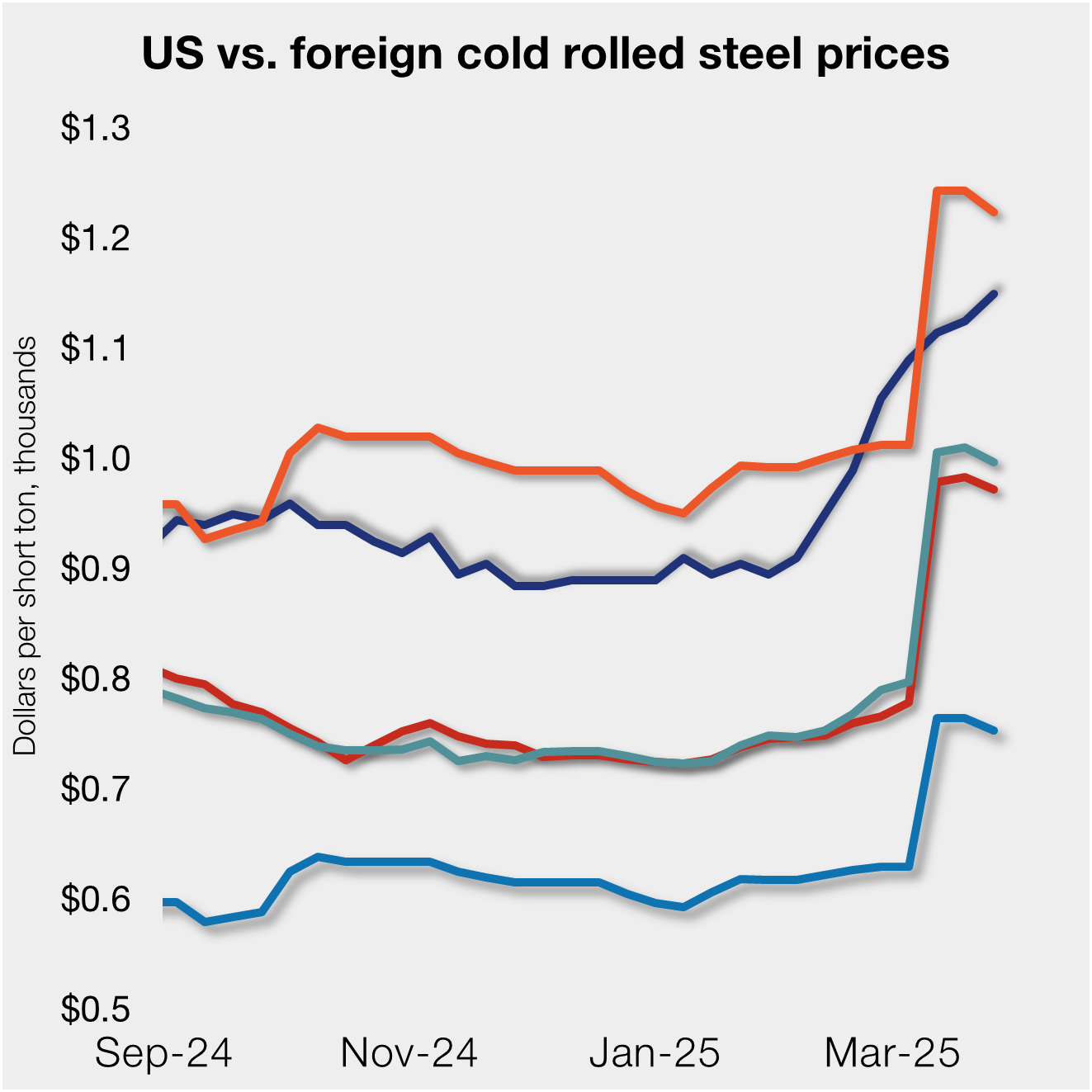Steel Products

Sims Reports Lower Results for FY 2013
Written by Sandy Williams
August 26, 2013
Sims Metal Management, a metals and electronics recycler headquartered in Australia, announced North American results for FY 2013 ending June 30, 2013. Underlying EBITDA for North American operations rose 30 percent year-over-year to $102.3 million. (Underlying EBITDA is a measure of the actual profits realized by a company used for business process planning, rather than the profits reported for accounting or regulatory purposes.)
Higher sales margins and controllable cost reductions of $48.4 million offset lower ferrous scrap prices and sales volumes. Divestment of several facilities in the U.S. contributed to cost reduction. Sales of recycled metals dropped to 9.377 million tonnes from 11.080 million tonnes in 2012 accounting for sales revenue of $4,534.6 million (24.8 percent below sales in 2012).
Sims Chairman Geoffrey Brunsdon led the Sims conference, noting the search for a new CEO has been narrowed to a few external candidates and a selection will be announced by the end of the first quarter 2014.
Commenting on industry conditions, Brunsdon said rising automotive and appliance sales in the US are positive signs for the scrap industry and combined contribute 50-70 percent of material for metal traders. Sims is seeing higher proportions of prime scrap coming in, keeping ferrous metal the predominant product for the company.
During the conference call a question came up regarding Sim’s U.S. capacity.
“We won’t be complete until we start to see economic indicators that bring us scrap flows to a higher level which will positively impact all three drivers that produce our results,” said Brunsdon. “When the volume comes back, the margins in the industry also normalize. Our margins per tonne normalize to a higher level, and the operating leverage will start to follow through. Until we start to see better generation of scrap, we’re going to continue to stay focused on plant rationalization.”
“That said, I don’t – we’re not looking to close facilities that operate – that represent a significant element of our capacity,” he added. “So our capacity isn’t in the scrap industry, I guess, the same in concept is as it relates to the steel business. Our capacity is actually quite flexible. And when the scrap generation returns and the margins normalize, we’ll be active in the market and our capacity will flex higher in that way.”

Sandy Williams
Read more from Sandy WilliamsLatest in Steel Products

Nucor keeps HRC price unchanged
Nucor paused its weekly hot-rolled (HR) coil price this week, keeping it flat for the first time since Jan. 21. This comes after a nine-week rally that saw the company increase prices by double-digits for eight of those weeks.

Nucor increases plate prices by $40/ton
Nucor aims to increase prices for steel plate by $40 per short ton (st) with the opening of its May order book. The Charlotte, N.C.-based steelmaker said the increase was effective with new orders received on Friday, March 28, in a letter to customers dated the same day. The company said the price hike applied […]

US CRC price gains ground over imports
US cold-rolled (CR) coil prices increased again this week, while offshore prices declined.

SMU Steel Demand Index momentum slows
Steel Market Update is pleased to share this Premium content with Executive members. Contact info@steelmarketupdate.com for information on how to upgrade to a Premium-level subscription. Growth in SMU’s Steel Demand Index eased in March after reaching a four-year high in late February. Despite a moderate gain, the index remains in expansion territory. The Steel Demand […]

Leibowitz: Impact of tariffs on US manufacturers
On February 10, President Trump announced a massive restructuring of tariffs on steel and aluminum. Those changes took effect on March 12, and they will impact US manufacturing. What will the impact be? Bye-bye exclusions Perhaps the most important change, which hits imports from all countries, is the loss of a product exclusion process to […]
